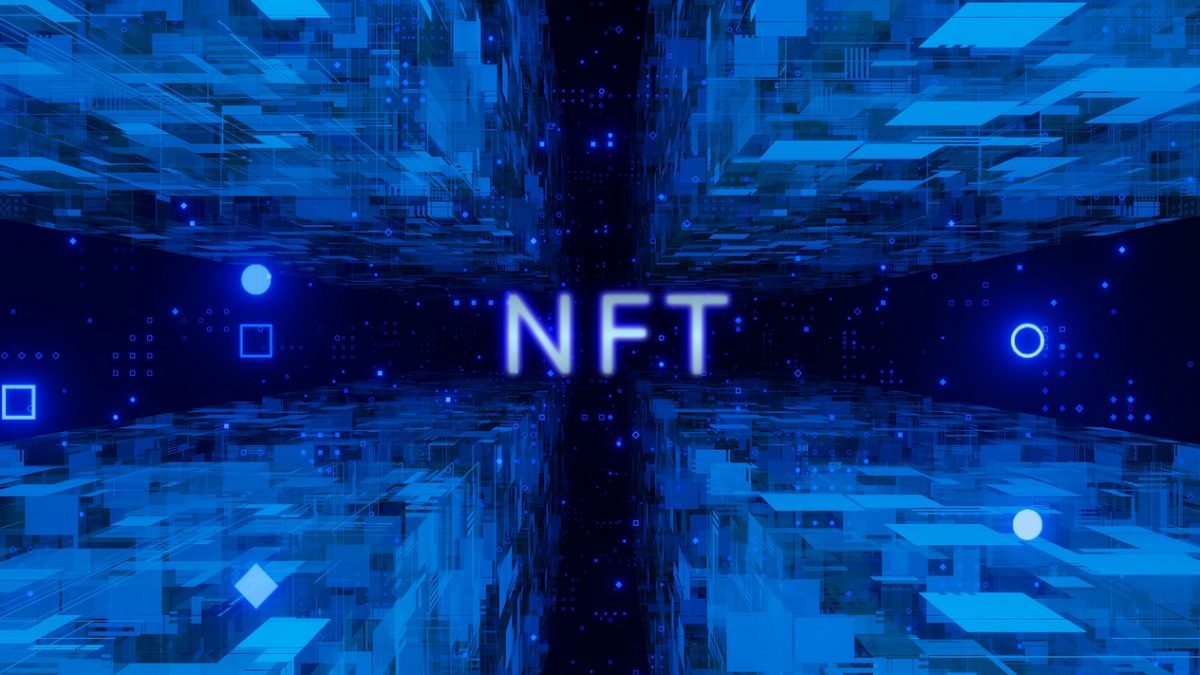In the Internet age, how we interact with art, collectibles, and digital assets is undergoing a seismic shift. The rise of NFTs (Non-Fungible Tokens) has ushered in a new era of ownership, where digital creations are transformed into unique, verifiable assets that can be bought, sold, and traded on the blockchain. But with great innovation comes complexity, and that’s where NFT token standards come into play. Whether you’re an art enthusiast looking to invest in a digital masterpiece or a businessperson intrigued by the potential of blockchain technology, understanding NFT token standards is essential. This article dives deep into this fascinating world, dissecting the various norms, their significance, and how they shape the digital money landscape.
Table of Contents
NFTs Unveiled
To kick things off, let’s get down to the basics. NFTs, or Non-Fungible Tokens, represent a unique digital ownership certificate secured by blockchain technology. Unlike cryptocurrencies such as Bitcoin or Ethereum, which are fungible and interchangeable, NFTs are one-of-a-kind, making them ideal for digital art, collectibles, virtual real estate, and more.
The Pioneering ERC-721 Standard
Regarding NFTs, one name stands out: ERC-721. This Ethereum-based token standard was the NFT space’s trailblazer, revolutionizing how we perceive digital assets.
Navigating the digital money landscape, the ERC-721 standard brought the concept of actual ownership to the digital realm, enabling creators and collectors to establish indisputable provenance for their digital treasures.
The Evolving ERC-1155 Standard
As the NFT ecosystem grew, the need for a more flexible and efficient standard became evident. Enter ERC-1155, a multi-token standard allowing creators to mint fungible and non-fungible tokens within a single contract. This innovation has widened the scope of NFTs, enabling developers to create more complex digital ecosystems and enhancing the user experience.
The Art of NFT Minting
Now, let’s delve into the heart of the NFT revolution – NFT minting. This is where creators transform digital art, music, or other content into unique tokens that can be traded on blockchain platforms. NFT minting is not just about creating a token; it’s about giving life to your digital creation, assigning value, and establishing its place in the NFT marketplace. To mint an NFT, an artist or creator selects a compatible blockchain network, uploads their digital asset, adds relevant metadata (title, description, etc.), and pays the associated gas fees. Once minted, the NFT is assigned a unique token ID, making it distinct from any other token on the blockchain. This process has democratized the art world, allowing creators to reach a global audience without intermediaries.
Beyond Art – NFT Applications
While NFTs found their fame in art, their utility extends far beyond galleries and digital canvases. Industries such as gaming, virtual real estate, music, and even education are incorporating NFTs into their ecosystems. This dynamic versatility of NFTs transforms how we perceive ownership and value in the digital age.
NFT in Business Settings
NFTs are not just a playground for artists and collectors; they are also finding their place in the corporate world. NFTs can be used in various business settings, such as supply chain management, proving the authenticity of luxury goods, and even as a novel way to engage customers through loyalty programs. The potential for NFT integration in the business landscape is vast and continually evolving.
As we wrap up our journey through the world of NFT token standards, one thing is clear: NFTs are not a fad but a transformative force in the digital world. From ERC-721’s groundbreaking concept of digital ownership to ERC-1155’s flexibility, the NFT landscape continually evolves and expands. Understanding NFT token standards is vital for anyone looking to navigate the digital money landscape, whether you’re an artist seeking a new canvas or a business exploring innovative solutions. With NFT minting as the cornerstone of this movement, the potential for growth and innovation is boundless.
So, whether you’re an aspiring digital artist, a collector on the hunt for unique treasures, or a business leader seeking innovative solutions, NFT token standards are your key to unlocking the limitless possibilities of the digital revolution. Embrace this new era of digital ownership, and watch as the world of NFTs continues redefining how we create, collect, and connect in the digital age.



Review Unlocking the Mysteries of NFT Token Standards – Your Comprehensive Guide to the Digital Art Revolution.